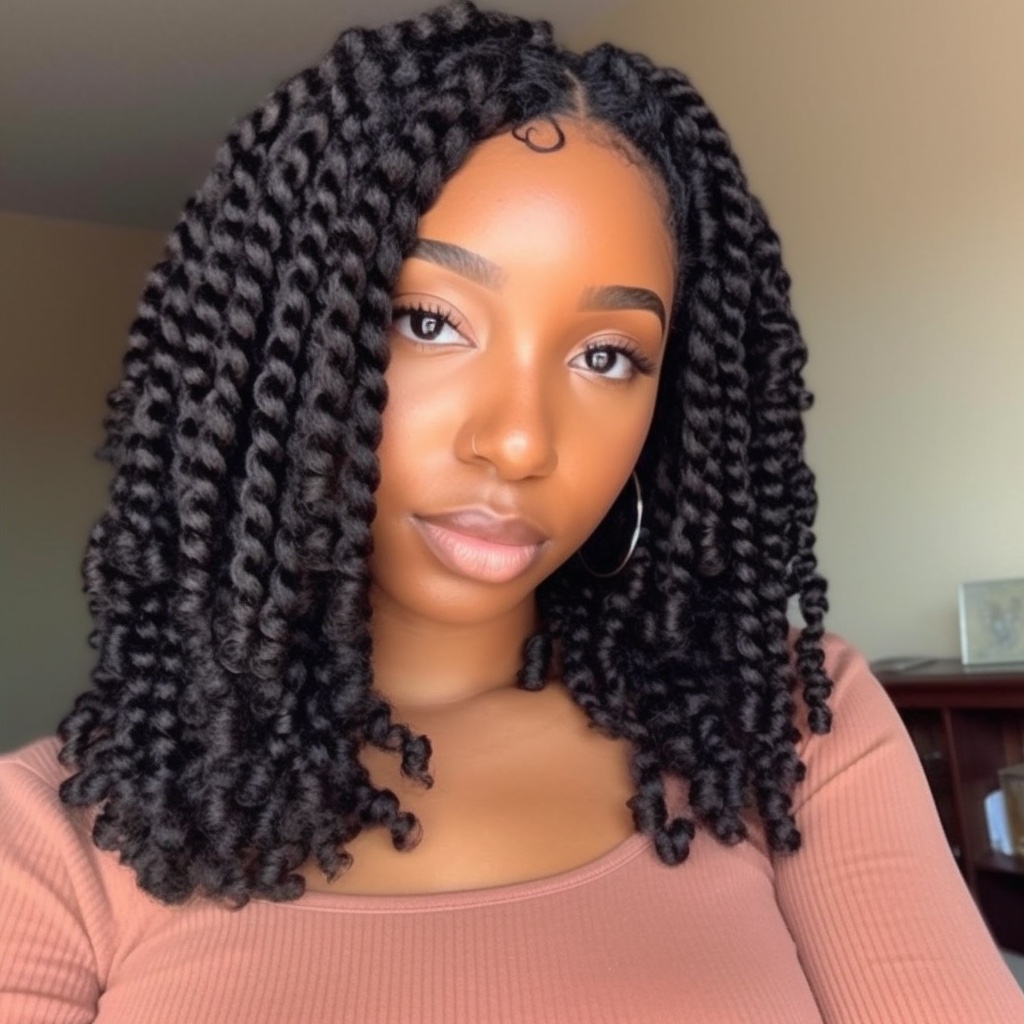FAQs:
What is African threading?
African threading is a traditional hairstyling technique that originated in various African countries. It involves using thread to wrap and secure sections of hair, creating long-lasting and intricate hairstyles. The thread used in African threading can be made of various materials, such as wool, cotton, or synthetic fibers.
Can anyone get African threading?
Yes, African threading can be done on all hair types and textures. It is a versatile technique that works well on natural hair, relaxed hair, and hair extensions. African threading is particularly beneficial for individuals seeking a protective style that promotes hair growth and minimizes tension on the scalp.
How is African threading done?
To create African threading, follow these steps:
- Divide the hair into sections using a rat tail comb or your fingers.
- Take a piece of thread (wool, cotton, or synthetic) and fold it in half to create a double-stranded thread.
- Begin at the root of the hair section and wrap the thread tightly around the hair, working your way down towards the ends.
- Once you reach the ends, tie a knot with the thread to secure it in place.
- Repeat the process for each section of hair until the entire head is threaded.
Can I customize African threading with different thread colors?
Absolutely! One of the appealing aspects of African threading is the ability to customize the style with various thread colors. You can use single-colored thread for a more uniform look or experiment with multiple colors to create unique and vibrant patterns.
How long does African threading last?
African threading can last for several weeks, depending on hair care and maintenance. To prolong the style’s longevity, cover the hair with a satin or silk scarf or sleep on a satin pillowcase. Avoid excessive manipulation or tension on the threaded sections to prevent breakage.
History:
African threading has a long history deeply rooted in African cultures. It has been practiced for centuries as a way to style and protect hair without the use of heat or harsh chemicals. In addition to its functional purpose, African threading is also a form of artistic expression, with various threading patterns and designs passed down through generations.
Products Needed:
- Thread (wool, cotton, or synthetic)
- Rat tail comb or fingers
Tutorial:
- Divide the hair into sections using a rat tail comb or your fingers.
- Take a piece of thread and fold it in half to create a double-stranded thread.
- Begin at the root of the hair section and wrap the thread tightly around the hair, working your way down towards the ends.
- Once you reach the ends, tie a knot with the thread to secure it in place.
- Repeat the process for each section of hair until the entire head is threaded.
Maintenance:
To maintain African threading, it is essential to keep the scalp clean and moisturized. Dilute a sulfate-free shampoo with water and apply it to the scalp, gently massaging to cleanse without disturbing the threaded sections. Rinse thoroughly and follow up with a moisturizing conditioner or leave-in conditioner to keep the hair hydrated.
Remember to avoid excessive manipulation or tension on the threaded sections to maintain the style’s integrity and prevent damage to the hair. Regularly moisturize the hair and scalp to promote healthy hair growth and retain the threaded hairstyle for an extended period.

